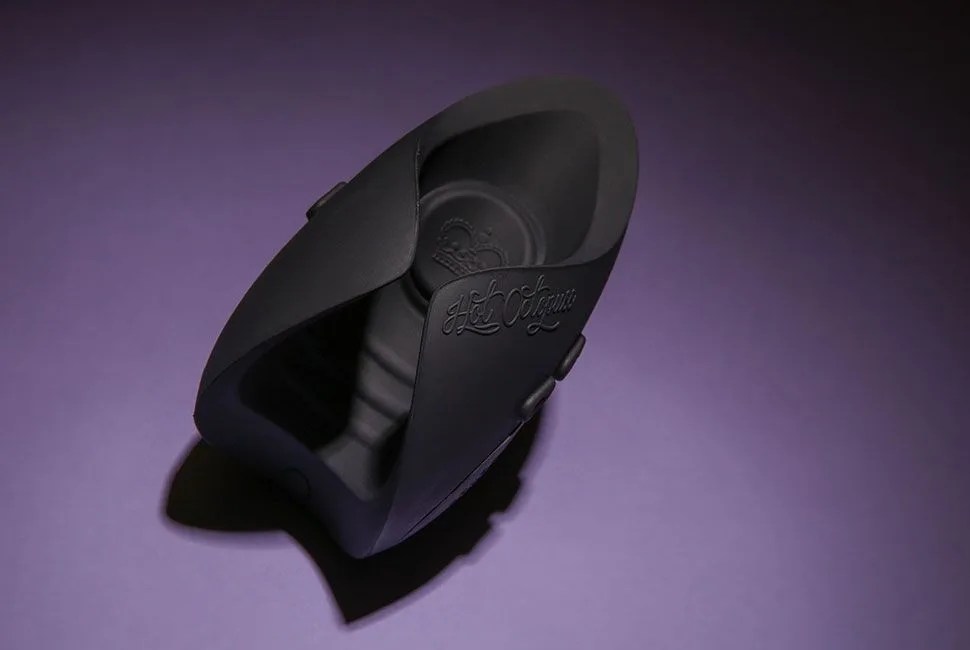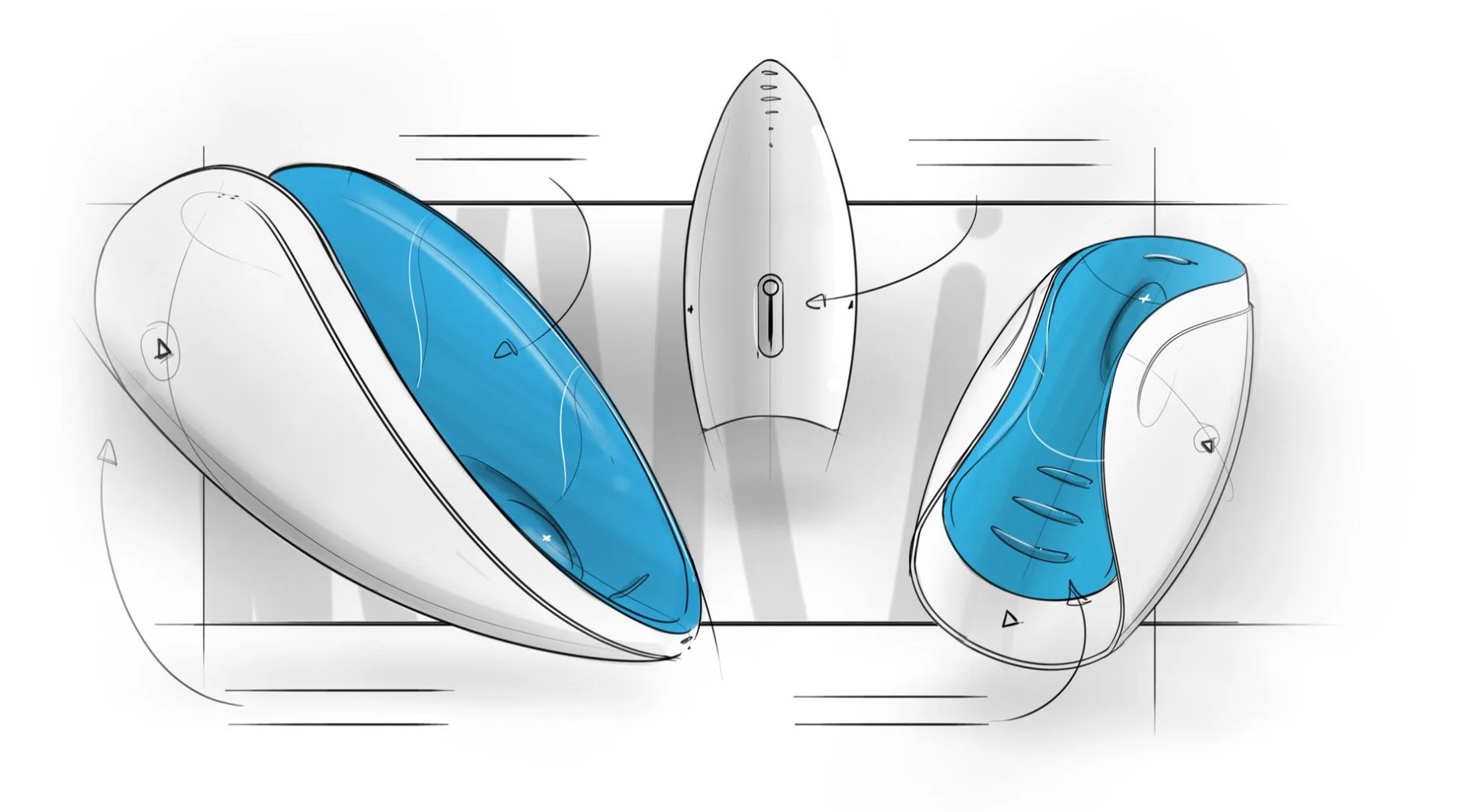Nine months into his project, with a prototype already made, Adam Lewis, co-founder of Hot Octopuss, came across a medical report that detailed penile vibratory stimulation (PVS), a medical procedure that helps men with spinal cord injuries procreate. Lewis learned that during PVS, medical personnel use an FDA-approved vibrating device to stimulate men. This medical device — which is loud, overly powerful and coaxes men to involuntarily ejaculate (via an oscillating disc at its end) — was similar to what Lewis was trying to create, except he wanted something for recreational use. A “guybrator.”
At the time, in 2010, there weren’t any male sex toys on the market that utilized vibration technology, claims Lewis. The medical vibrator did the job, but it wasn’t on the consumer market. So Lewis got in touch with Multicept, the Danish developer of the medical device, to see if he could license their technology. Multicept agreed, and Lewis moved from trying to invent the right engine to simply putting the right engine on a consumer-appropriate chassis.
Their first prototype was a black box they made with no prior working knowledge of how to make sex toys. Lewis says it looked, sounded and worked terribly. Of the six engineering companies they interviewed with, five “ran for their lives.” But with the backing of the PVS technology, Lewis had a significantly more developed product, and it made selling the idea a lot easier. Hot Octopuss approached Curventa, a young cutting-edge design company in central London with a number of Red Dot Award-winning devices to its name (such as Motorola’s IT.6 home phone and Vicon’s Cara facial motion-capture system). Curventa specializes in user-centered products, in all shapes and sizes, and they didn’t back down from the sex toy.
“In the past four or five years, the industry has very much focused on couple’s toys. It’s something like the Holy Grail of sex toys to come up with a really good couple’s product.”
“We approached this product as very much the ultimate wearable,” says Tom Owen, one of Curventa’s senior designers. “It’s a wearable for the most intimate of regions.” When they first took on Hot Octopuss as a client, all Curventa’s design team had to work with was Lewis’s prototype and the newly licensed oscillating technology. Their job was to bring it together into something beautiful.
The design obstacles were twofold. One, they had to create a product people want to wear, meaning it couldn’t be too bulky, loud or uncomfortable. And two, they had to refine the oscillating technology’s frequencies and movements. “We actually found that at the beginning it worked almost too good,” says Owen. The first prototypes were so powerful, not unlike Multicept’s original device, that they forced male testers to orgasm too quickly. “There was quite a lot of work getting the oscillating PulsePlate [patented by Hot Octopuss] to hit that right frequency.” Eventually, though, Owen’s team got it right.
In 2013, Hot Octopuss released their first device, the Pulse I. It was the first male-only product to use PVS medical technology, and it arrived after four years of development — much longer than anticipated. The company had sunk all its resources in the device, and they were essentially out of cash. However, Lewis says that the Pulse I hit enough sales to help fund the next generations: the Pulse II Solo and the Pulse II Duo. These two devices launched in February 2015, and they are now the entirety of Hot Octopuss’s line. They improved on the original device, adding more oscillating speeds and quieter mechanics, and the Duo also added a second motor to stimulate both partners, making it the first couple’s toy from the maker.

